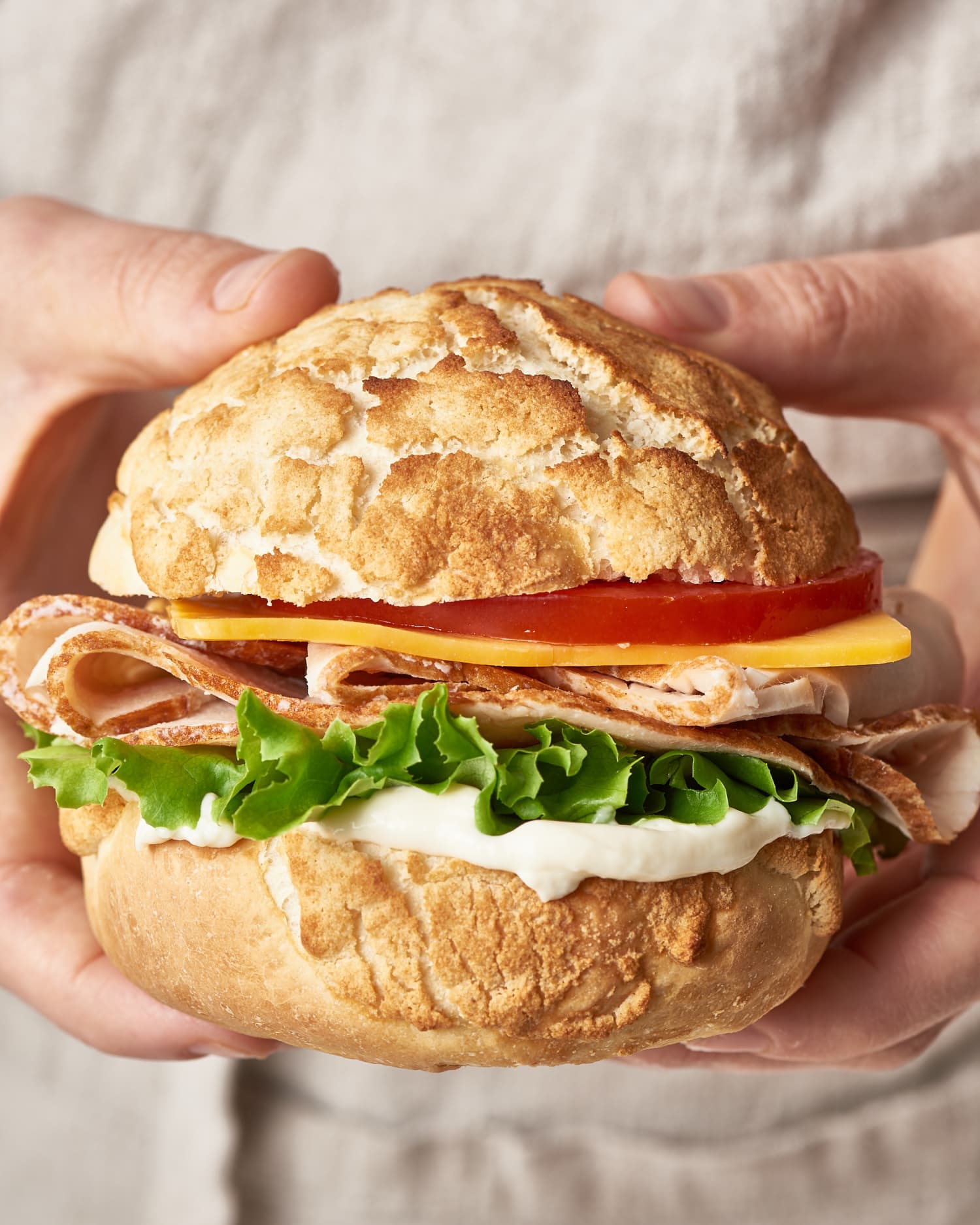

This will help create that nice thick crust while preventing your bread from burning.
After 25-30 minutes of baking, bump up the temperature of your oven to 425F, and spray your loaf with water. Put the proofed yeast mixture, oil, milk, salt and whole wheat flour in the bowl of the processor. To speed up the rising process, place your rosemary garlic bread in an oven that has been slightly warmed up. Mix to dissolve the yeast and let it proof for about 10 minutes, till it is frothy. Roasted garlic can last nicely for up to a week. You can roast several heads of garlic ahead at a time and keep them airtight in the fridge to use for recipes like this. Always use dry measuring cups and the scoop and scrape method as described here. This is an easy bread to make with your bread machine, and its wonderful for sandwiches and toast. Stir in flour, mixing until there are no dry patches. Measure the ingredients carefully, taking care not to “tap down” flour when measuring. In a large bowl or plastic container, mix yeast and salt into 3 cups lukewarm water (about 100 degrees). Otherwise, your bread won’t rise in the oven! You’ll know it’s ready when it begins to foam. Let the yeast sit long enough to activate. Be sure your yeast is very fresh to ensure a good rise. Pro-Tips for the Best Rosemary Garlic Bread Plenty of flavor belongs here! Rosemary, black pepper, oregano, and roasted garlic create a savory flavor that is out-of-this-world delicious. High-quality olive oil is drizzled on top, acting as a tenderizer and keeping your rosemary garlic bread soft. 
Bread flour is then added to the mix to complete the base of the dough. In the bowl of an electric mixer or large mixing bowl, combine yeast, water, milk and sugar.

Active dry yeast combines with water, sugar, and salt to add flavor to the dough and provide structure to the bread, creating the fluffy texture we’re looking to achieve.Key Ingredients for Rosemary Garlic Bread







 0 kommentar(er)
0 kommentar(er)
